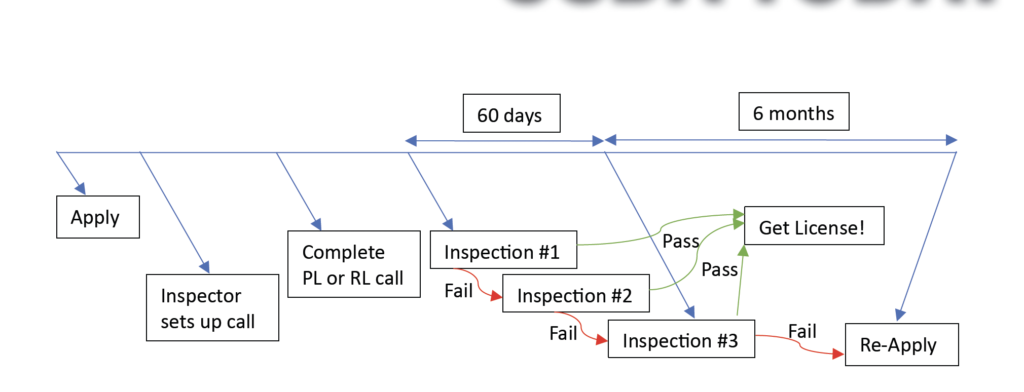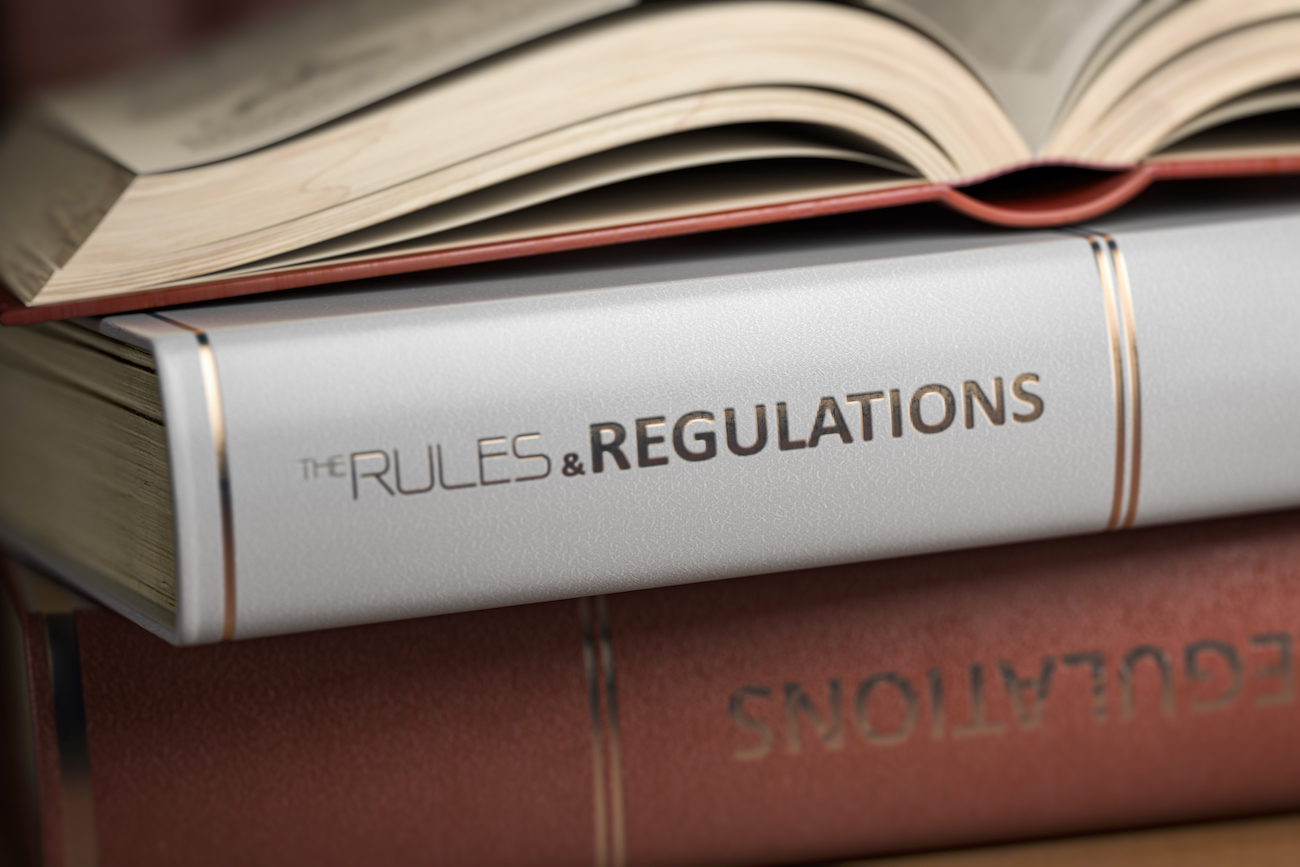
USDA Today
The Dog Journal USDA Today As a USDA Compliance Coach, my first priority is to make sure that you understand the rules and regulations and
Different inspections happen for different reasons. Here is an explanation of the different types of inspections and the procedures USDA APHIS Animal Care follows for each of them.
Licensing and New Site Inspections
Animal Care requires each facility to demonstrate 100% compliance with the regulations and standards before granting the facility a new license. This is called a pre-license inspection (PL). Facilities maintaining their existing license, which will last for 3 years, go through a re-license inspection (RL). These two follow the same basic procedures so are collectively called licensing inspections.
To get licensed, you must send in an application with a $120 fee. For RLs the office will send your application to you about 120 days before your current license expires. It is your responsibility to let us know if you don’t receive it, otherwise your license may be canceled. The application and fee are processed, and then your inspector will contact you. The inspector will schedule an educational phone call, where they go through the regulations and ask questions about your facility. They try to prepare you for your first inspection and guide you if you need to make changes to be compliant. These phone calls can last quite long, up to several hours, depending on how familiar your inspector is with your facility. At the end of the call, you will schedule the date and time of your first inspection. If you don’t know when you’ll be ready, it’s up to you to schedule it with your inspector. You have up to 3 tries to pass with 100% compliance within 60 days of the first inspection. The clock starts on the day of your first inspection. If you don’t get 100% compliance in 3 inspections or 60 days, you’ll have to wait 6 months before you can reapply and start again.
During the inspection, the inspector checks everything for 100% compliance: facilities, animals, and paperwork. For a PL inspection it’s okay if there are things you don’t have yet, like animal IDs (if you’re using tags) and dog medical records. You must have all paperwork complete and up to date for an RL inspection.
If you’ve been conducting regulated activity without a license (selling wholesale to brokers, pet stores, or shipping dogs by ground or air transport), the inspector will cite that on your licensing inspection. This could happen during the PL process (because you haven’t yet had a license) or RL process (if your current license has already expired). You must stop regulated activity until you pass your licensing inspection and have an active license.

Licensing Inspections Timeline:
A New Site Inspection happens when a business already has a license, but moves to a new location, building, or address. It is similar to a PL or RL in that your inspector schedules it with you, and you must show 100% compliance. However, there is no set timeline or number of inspections for passing. You will not be allowed to use animals for regulated activities including breeding, raising, and selling at that location until you pass.
Unannounced Compliance Inspections
Animal Care’s main mission is to ensure the welfare of animals by doing unannounced compliance inspections. These are called routine and focused inspections. They are the “regular” inspections based on your past inspection history. A routine inspection looks at your entire facility and all animals, and a focused will only include a portion of the facility or animals. Focused inspections typically happen to follow up after a previous inspection with noncompliant item(s) or to check on a complaint from the public.
Attempted Inspections
These happen when an inspector can’t reach anyone or you’re not available for an inspection. They knock on house or building doors and leave messages at any phone number(s) you’ve given them. They will wait up to 30 minutes for you to arrive or call them back. They can wait up to 60 minutes if you call and tell them you’ll be there. If they don’t hear from anyone, they leave a flyer or calling card for you. Then they’ll send an Attempted Inspection Report by mail. They will reach out to discuss the times you’re likely to be available, but they CANNOT schedule the next inspection. You can help avoid attempted inspections by giving your inspector the days and times you’re likely to be around, or Optimal Hours for Inspection. Also give them all contact information like work and cell phone numbers, and the name and contact of any Facility Representative(s) who you trust to do the inspection in your place (like a family member, employee, or neighbor). If the inspector has questions the facility representative can’t answer, the inspector should talk with you, the licensee. That may mean they call you at work to talk, or they set another time to meet with you before finalizing their inspection report.

The Dog Journal USDA Today As a USDA Compliance Coach, my first priority is to make sure that you understand the rules and regulations and

The times are changing. USDA Animal Care, a unit within the Animal and Plant Health Inspection Service, administers the Animal Welfare Act (AWA). This federal law establishes requirements concerning the transportation, sale, and handling of certain animals. To enforce this law USDA Animal Care uses Inspectors throughout the country providing unannounced inspections. These inspections are regularly posted on the web for the world to see.

If you have a USDA License, you need to understand that things continue to change with how they are enforcing
the Animal Welfare Act. I want to introduce myself and my reasons for writing this article and some future articles about the USDA.